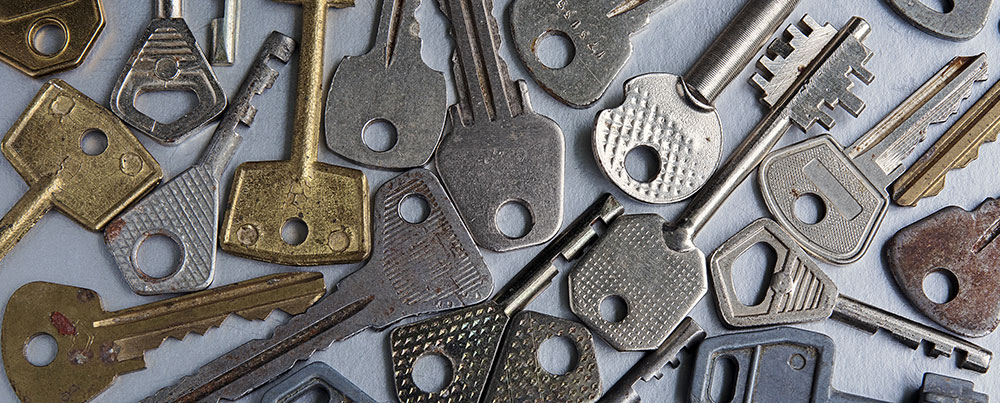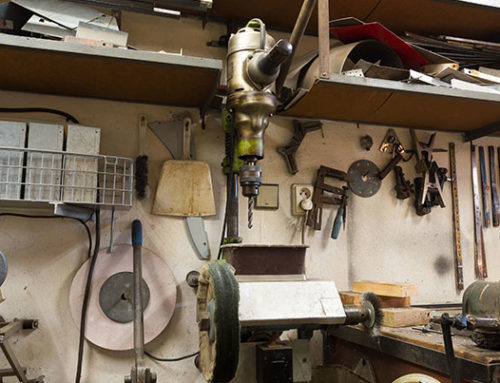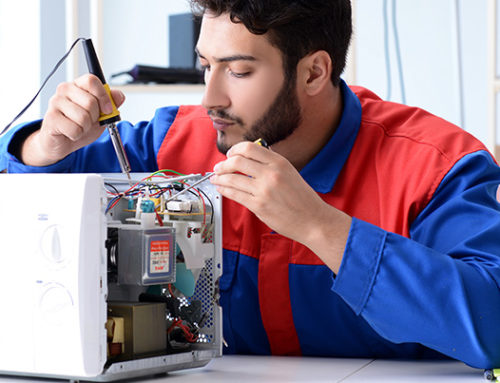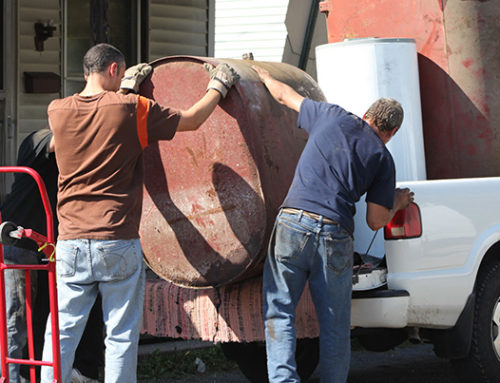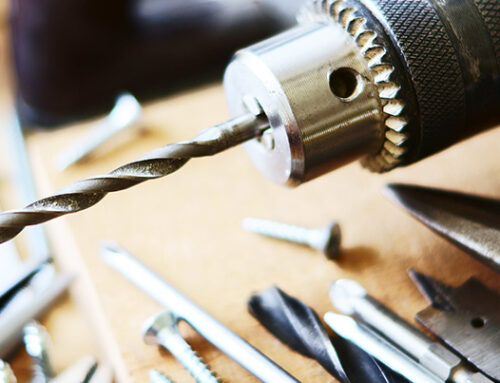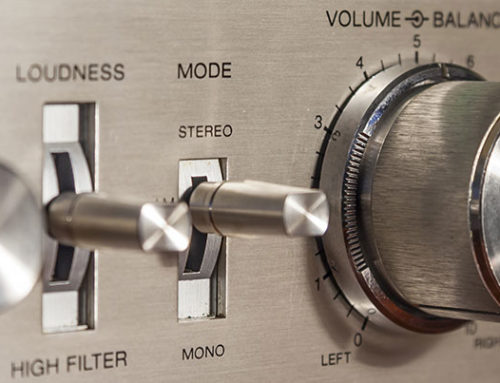Stainless steel and aluminum are both worth collecting, but we all know that their values are different—and, of course, you’re going to get more money for each scrap haul if you sort different types of scrap out from one another. However, telling the difference between aluminum and stainless steel can be very challenging, especially when you’re out in the field without a ton of tools to help you in identifying different metals. Here’s a short, helpful article on how to tell the difference.
General Differences between Aluminum and Stainless Steel
Aluminum is a great deal lighter and more malleable than stainless steel, while stainless steel is generally much stronger. The malleability of aluminum, but its overall lower strength, comes from the fact that it is a much softer metal. This will be important later, as it’s the key factor in the handy tip we’ll give you in the next section of this post.
Both of these metals are so useful because they’re so different—each of them is better than the other for a certain application.
For example, stainless steel‘s strength and corrosion resistance make it ideal for use in the construction field. Aluminum, on the other hand, is one of the primary materials used to make airplanes, because it is so lightweight—obviously a big consideration when you’re making something that’s intended to fly!
The challenge when it comes to identifying aluminum or stainless steel, though, is that they look so similar. A lot of scrappers don’t know how to tell the difference out in the field. However, we’ve found a simple test that a lot of our top scrappers use to determine which is which—and the best part is, it’s very easy to do.
The Key Test
The key test is a simple test you can do just about anywhere, in only a few seconds, and with no specialized tools. The only thing you’ll need is a key, just like one you would use for your car or house.
To do the test, simply press the key down and drag it along a flat surface on a given piece of unidentified metal that may be aluminum or stainless steel.
If the piece is aluminum, it will scratch fairly deeply without much pressure, because aluminum is much softer than stainless steel. Stainless steel will still scratch, but scratching it will require much more effort, and it will not scratch as deeply.
One of the best parts of the key test is that it will become easier and easier to do as you practice it more often and begin to get a feel for what stainless steel feels like under the key, and how aluminum feels.
When you’re first starting out with the key test, it’s good to bring along a piece of metal you’ve already identified. That way, you’ll have something to compare the unidentified piece to. This will help you get better and better at doing the key test quickly in any situation.

